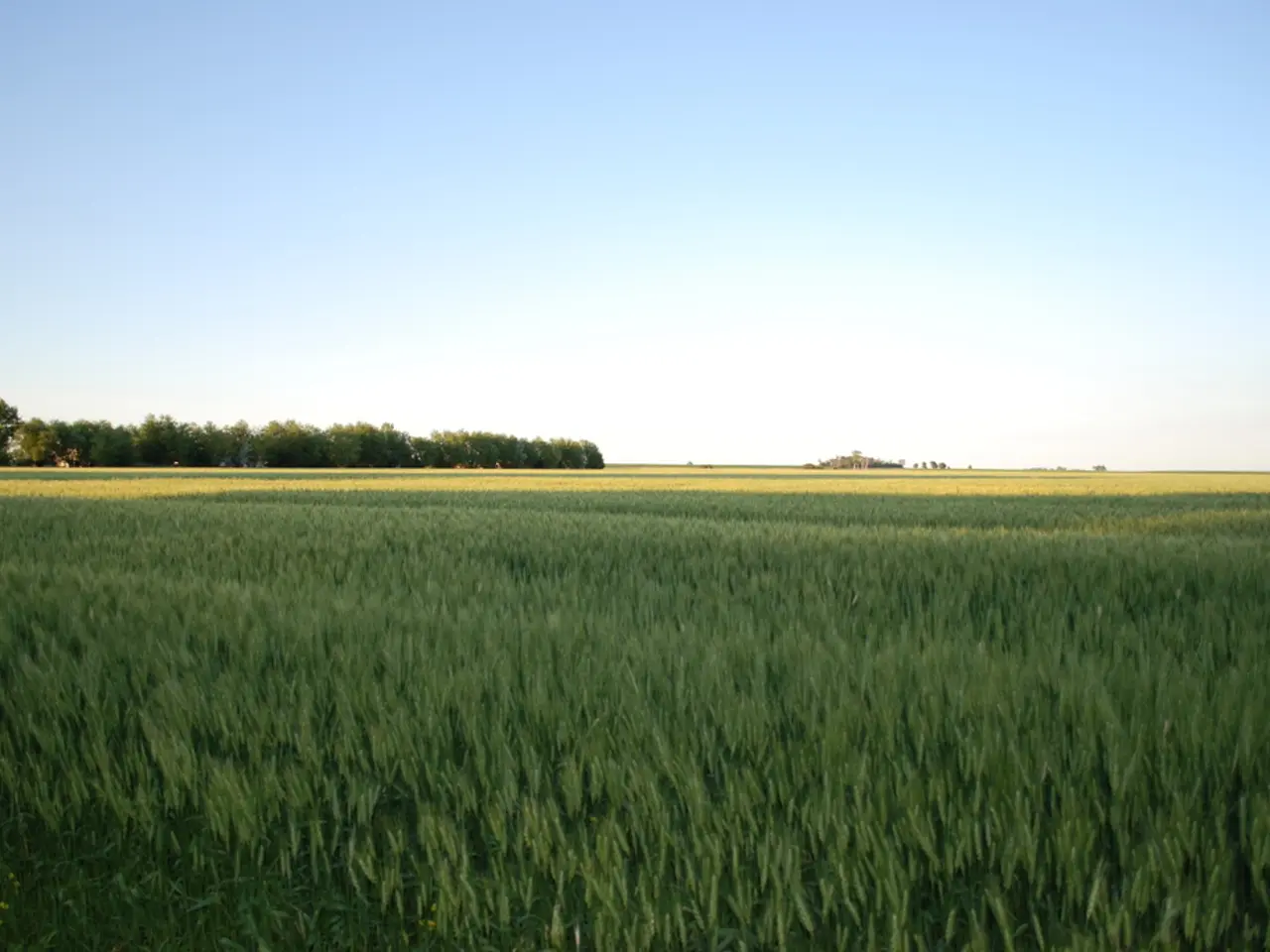Real estate funds in Ireland primed for growth in 2025, fueled by incentives and favorable regulations
In recent years, the demand for residential and commercial properties in Ireland's property funds sector has experienced a significant surge. This growth is attributed to the increasing engagement of prominent international investment funds, such as BlackRock, in the valuable Irish real estate sector.
BlackRock, a global asset manager with interests likely extending to Ireland, has been a notable player in this sector. Their continued investment is of interest for sector development through 2025 and beyond. While specific details on other direct investments from major global asset managers are not readily available, BlackRock's involvement underscores their key role in the industry.
Irish investment funds currently hold €29 billion, making them a significant part of the Irish commercial real estate market. These funds are typically established as Qualifying Investor Alternative Investment Funds (QIAIFs), subject to the requirements of the Alternative Investment Fund Managers Directive (AIFMD) and the Central Bank of Ireland's (the Central Bank) AIF Rulebook.
The majority of investors in Irish property funds are pension funds and insurance firms, with 41% of investors being pension funds at the end of 2023. The value of professionally managed commercial real estate in Ireland is estimated to be between €55-60 billion.
The Irish government has outlined a progressive agenda for housing, construction, and the environment, with a target of 300,000 new homes by 2030. To support this ambitious goal, over the next four years, more than €18 billion of fresh international capital is estimated to be needed.
To attract this capital, the Irish government is expected to roll out initiatives in the coming months. These measures are anticipated to create new investment opportunities in construction, infrastructure, and real estate, and substantially contribute to the delivery of the government's new home delivery targets.
The property fund sector in Ireland is also characterised by the prominence of single investor property funds. The most frequently used structures for Irish property fund QIAIFs are the Irish Collective Asset management Vehicle (ICAV) and the Irish Investment Limited Partnership (ILP).
The combination of government incentives to attract international capital and a progressive and supportive regulatory environment means that Ireland's property funds market is expected to continue to grow at pace. The European harmonisation is expected to significantly enhance the attractiveness of Irish fund structures, including enhancing investments in Irish property funds.
Another development that could support investment in Irish real estate is the revised European Long Term Investment Fund (ELTIF) regulation, ELTIF 2.0, which was substantially updated in 2024. This regulation prescribes what assets are eligible for investment and includes real estate assets. The revised ELTIF regulation is a helpful development to support investment in Irish real estate and has the potential to provide a new source of finance for real estate.
As the property funds sector in Ireland continues to evolve, it is clear that the government's initiatives and the supportive regulatory environment are playing a crucial role in driving growth and attracting international investment.
Read also:
- Understanding Hemorrhagic Gastroenteritis: Key Facts
- Stopping Osteoporosis Treatment: Timeline Considerations
- Trump's Policies: Tariffs, AI, Surveillance, and Possible Martial Law
- Expanded Community Health Involvement by CK Birla Hospitals, Jaipur, Maintained Through Consistent Outreach Programs Across Rajasthan







